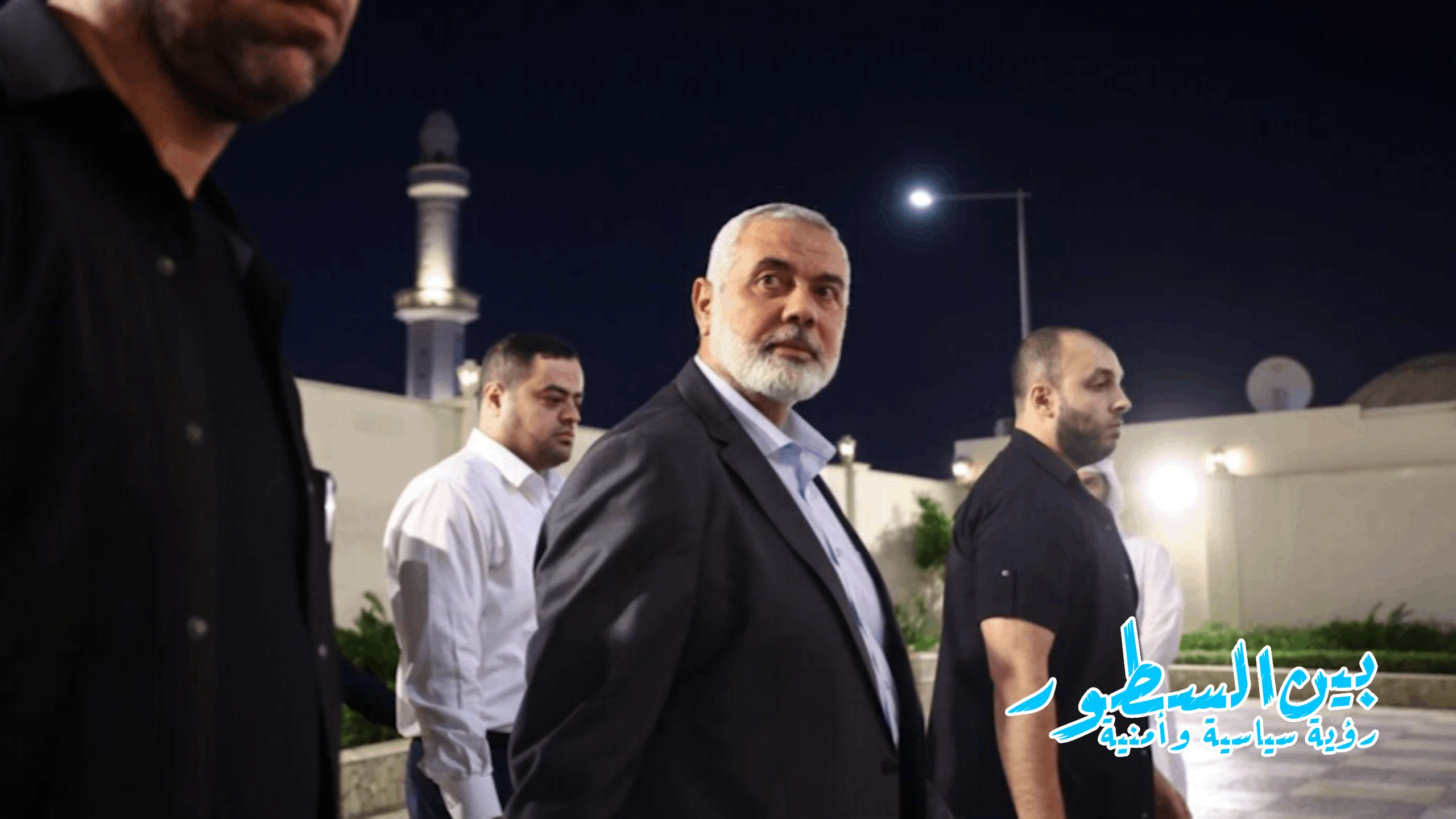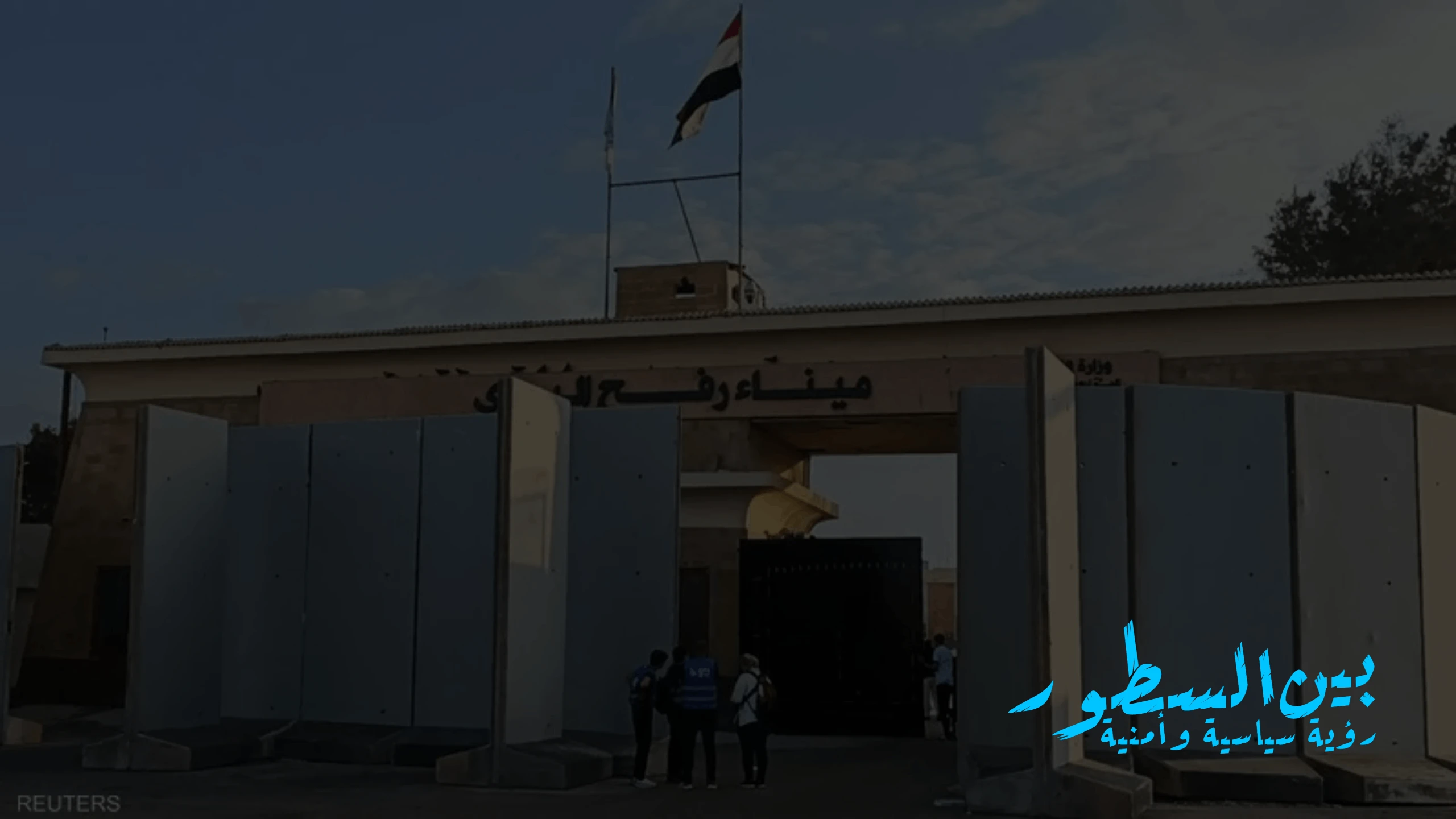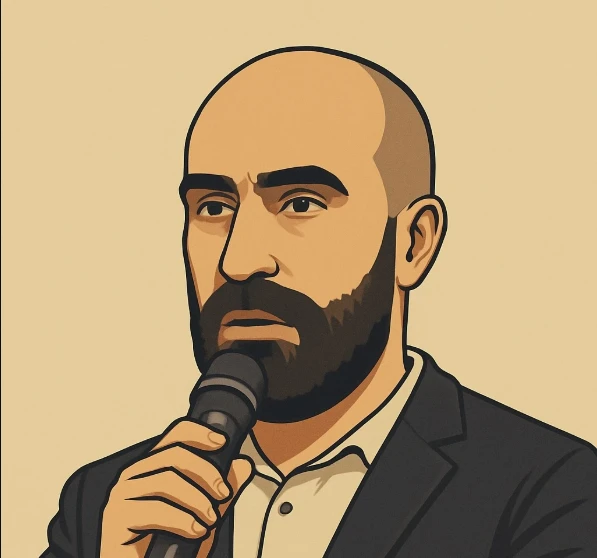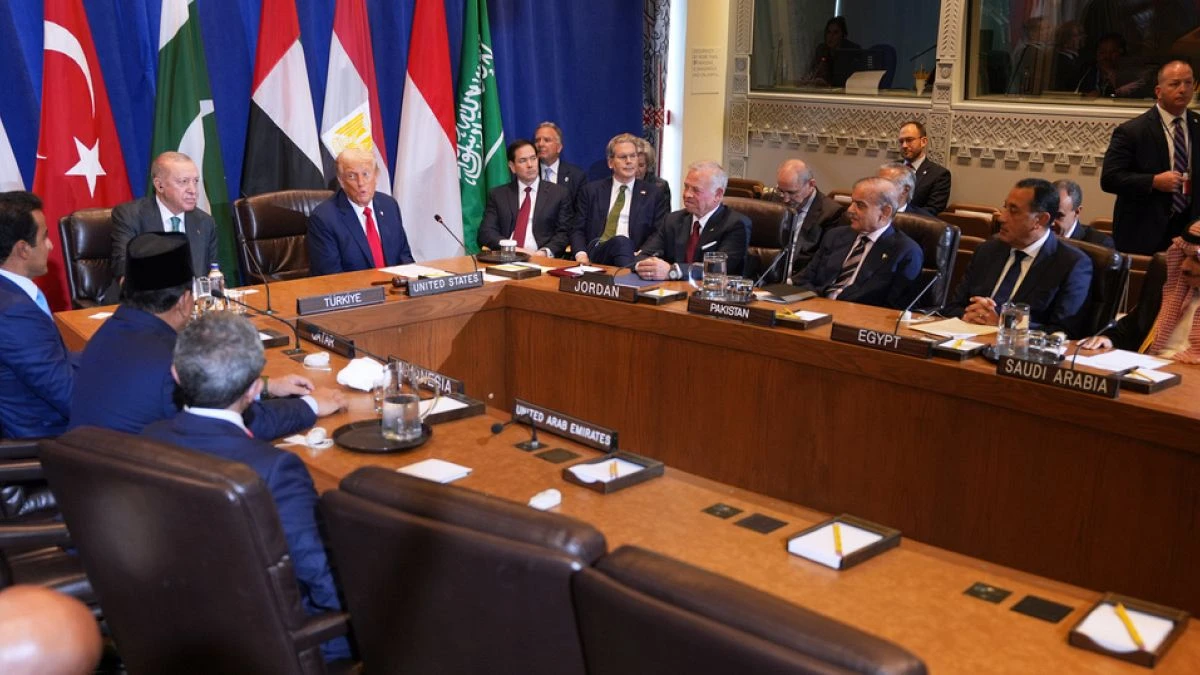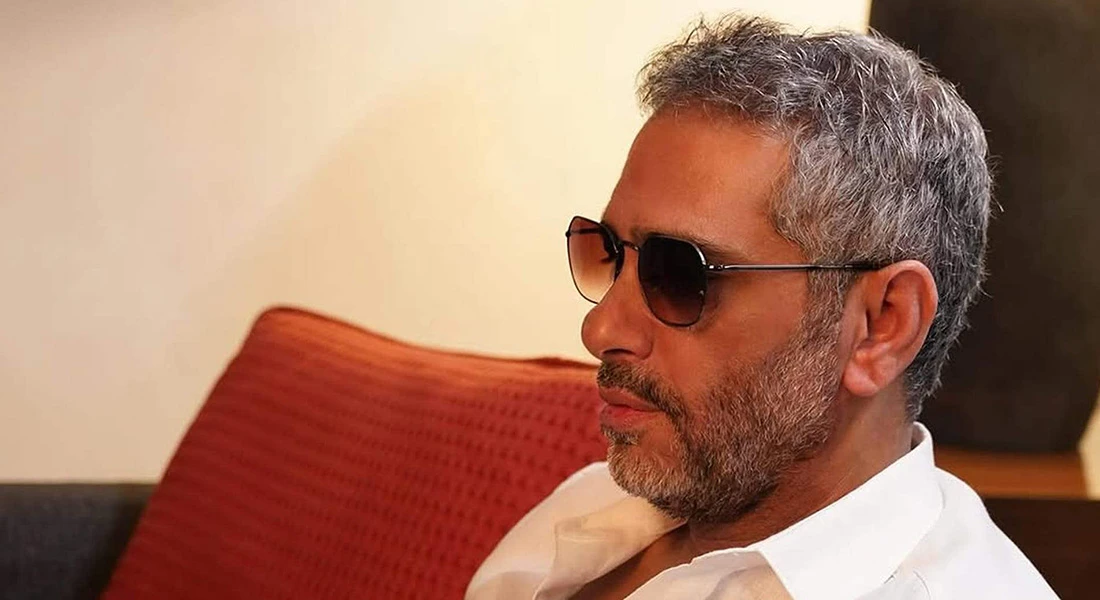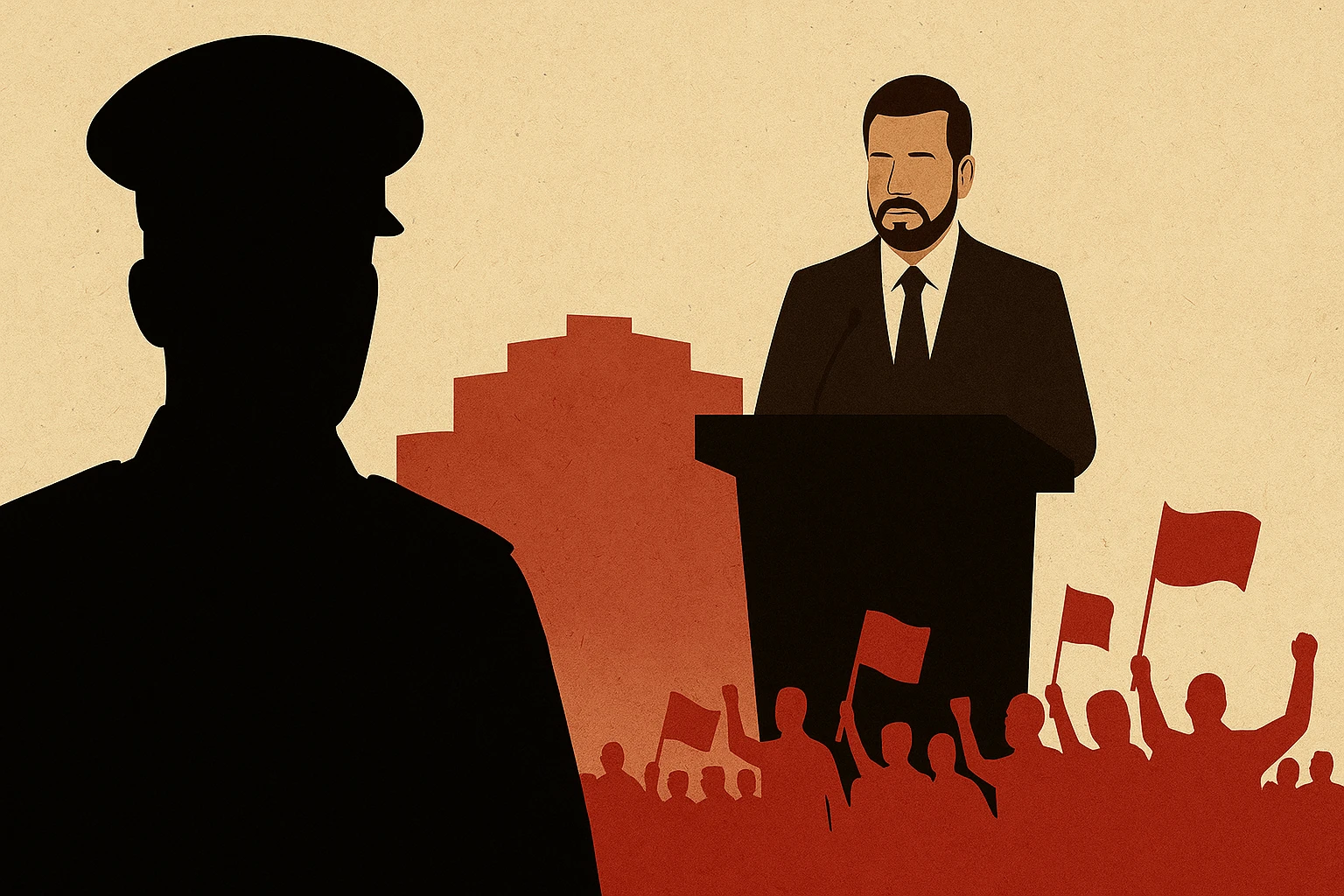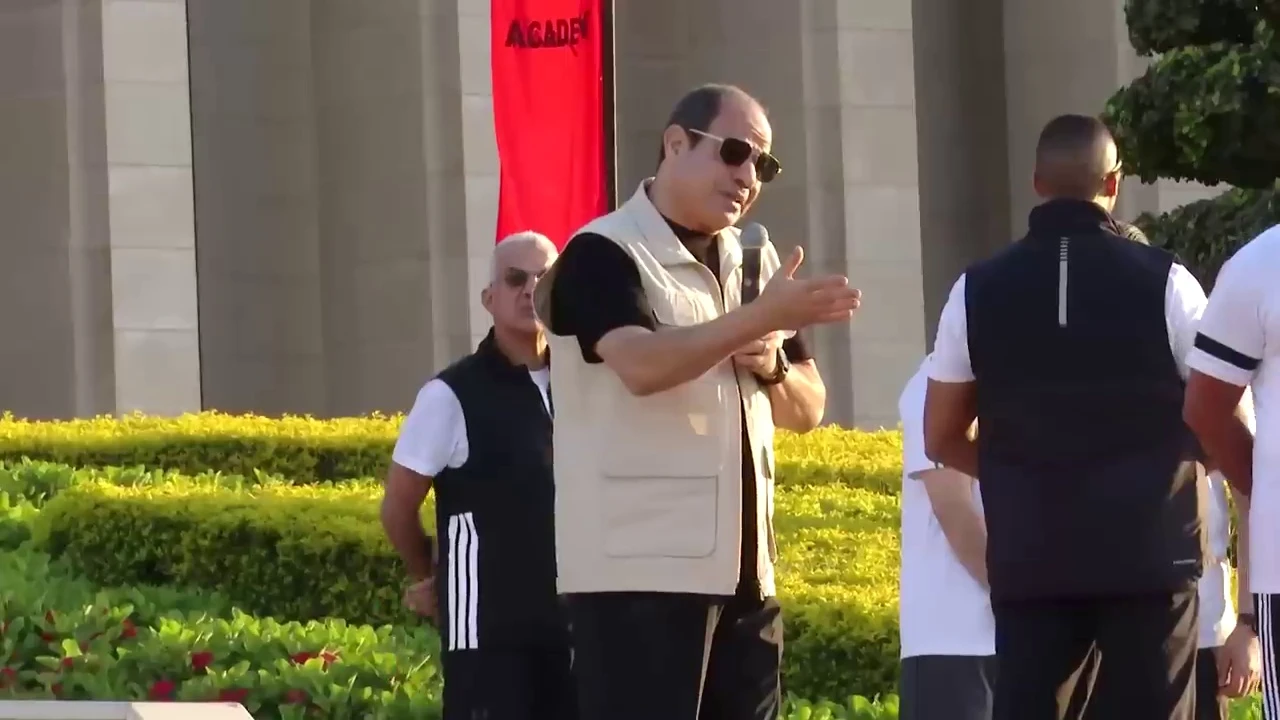Iran: Between the Hammer of Unified Fronts and the Anvil of Interests
This is an AI-generated English translation. The original text is in Arabic.
In light of the tensions in the region, particularly in Gaza following the Al-Aqsa Flood operation, Iran has found itself in a precarious position due to the principle of "unifying the fronts" that it announced after the 2021 battle, which states that all factions affiliated with Iran and its allies will be in the same trench if a confrontation breaks out with any external party.
This principle has placed Iran under widespread criticism from Arab populations who hoped that Tehran would fulfill its promises, especially after Hamas announced the mobilization of all its units, in an indirect message indicating that it needs support. However, Iran has not yet defined its response as required, given that direct military intervention conflicts with its regional interests.
Can action be taken from Lebanon?
On the Lebanese front, Hezbollah attempted to intervene in a limited manner, but it suffered strong Israeli strikes that resulted in the deaths of about 50 of its fighters and allies. The party appears to be in a fragile position, as most Lebanese reject entering into a new war with Israel, a sentiment expressed by the majority of Lebanese parties and forces.
Additionally, Hezbollah is preoccupied with internal political struggles, as it seeks to pass the upcoming presidential elections to ensure the election of a president acceptable to it, which faces strong opposition from its rivals.
No hope in Iraq
In Iraq, Iranian-affiliated militias are trying to target American bases, but these attacks have remained limited in impact and have not affected the course of the war in Gaza or the Israeli stance.
The Syrian solution
Syria represents Iran's most important ally; however, the rift between the Syrian regime and Hamas has led to a severance of ties with the movement. This position may also be linked to American and Western promises to the Syrian regime of renewed recognition and support if it distances itself from the conflict, which presents Assad with an opportunity to return to the international arena.
Moreover, the Syrian regime faces escalating internal challenges, most notably protests in Sweida and attacks from opposition factions in Idlib, making it more cautious about engaging in a new front.
Yemen and the many problems ahead
The Yemeni front remains a viable option for Iran through the Houthi Ansar Allah group, which has announced that it possesses the "Zulfiqar" missile with a range exceeding 2000 kilometers. However, the distance between Yemen and Tel Aviv, along with the capabilities of the Israeli Iron Dome, raises doubts about the feasibility of this option, even if some missiles manage to reach their target.
Potential alternatives
Since Iran fears entering into a direct confrontation with Israel, and in light of the Arab pressure on it due to the "unifying the fronts" slogan, it may resort to targeting some other Arab regimes that oppose it, primarily Saudi Arabia, which Tehran considers a key ally of Washington and Tel Aviv.
Conclusion
It is likely that we will witness some skirmishes and unannounced movements in several Arab arenas in the coming days, especially in countries close to Palestine, through movements supported by Iran. However, it is certain that a direct official intervention by Iran or Hezbollah within the occupied Palestinian territories remains a very weak possibility.

